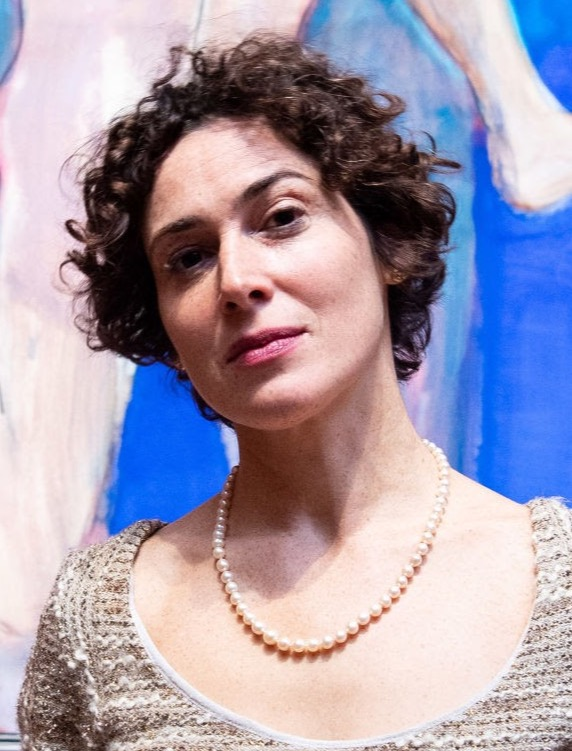
Rosalind Nashashibi
Rosalind Nashashibi predominantly employs 16 mm film alongside photography, printmaking, and painting in her artistic practice.
Biography of Rosalind Nashashibi
Rosalind Nashashibi, born in 1973 to a Palestinian father and Irish mother, hails from Croydon, a prominent town in South London. She earned her Bachelor of Fine Arts in Painting from Sheffield Hallam University in 1995. Subsequently, she pursued a Master of Fine Arts degree at The Glasgow School of Art, graduating in 2000. During her studies, she also participated in a three-month exchange program at CalArts in California.
She was a Scotland's representative in the 52nd Venice Biennale, and her artworks have been featured in prestigious exhibitions such as Manifesta 7, the Nordic Triennial, Sharjah 10, and Documenta 14. In 2003, she became the first woman to receive the Beck’s Futures prize, and in 2017, she was nominated for the Turner Prize.
In 2020, Nashashibi achieved the milestone of becoming the first artist in residence at the National Gallery in London (UK) following the re-establishment of the program.
Her recent solo exhibitions include "O Rose: Marie Lund & Rosalind Nashashibi" at Den Frie Centre of Contemporary Art in Copenhagen (2024), "Infinity Pool" at Taka Ishii Gallery in Tokyo (2023), "Hooks" at Nottingham Contemporary (2023), "Monogram" at Musée Art Contemporain Carré d’Art in Nîmes (2022), "Darkness and Rest" at GRIMM in New York (2021), and many more.
Rosalind Nashashibi has also participated in numerous group exhibitions, including "Soul Mapping" at Zeno X Gallery in Antwerp (2023), "Remove Walls" at Galería PM8 in Vigo (2023), "Someone said that the world's a stage" at GRIMM in New York (2021), "Between Ears, New Colours" at CRAC in Alsace (2020), among others.
Currently, the artist lives and works in London, UK.
Rosalind Nashashibi's Art Style
A significant portion of Nashashibi's portfolio comprises films capturing the essence of everyday life within urban settings. Her films frequently employ diverse narrative techniques to intertwine staged scenes with depictions of real-life imagery.
Through her films, she documents intimate moments of contemporary life across various contexts, employing a deeply empathetic and personal approach. Nashashibi's art is characterized by precise allusions to other filmmakers and painters, including Hockney, Degas, Pasolini, and Chantal Akerman.
Her films often eschew linear narratives, instead punctuated by reflections on power dynamics and collective histories. Subjects range from non-nuclear family structures to the multifaceted identities of artists and the portrayal of Palestinian life.
In her paintings, she manipulates sentimental or imposing motifs, such as a pair of swans or a cross, prompting viewers to perceive them anew. Her references to historical paintings serve as excavations of the past, offering fresh experiences upon their revival.
Years:
Born in 1973
Country:
United Kingdom, Croydon
Gallery: